White-cooked shrimp, or bái zhuó xiā in Mandarin, is a quintessential dish in Chinese cuisine celebrated for its simplicity and ability to highlight the natural sweetness of fresh shrimp. The dish’s minimalist preparation—typically involving brief poaching in boiling water—relies heavily on a complementary dipping sauce to elevate its flavor profile. This article explores the nuances of creating the ideal sauce for white-cooked shrimp, delving into traditional ingredients, regional variations, and modern adaptations that cater to diverse palates.
The Foundation of Flavor: Understanding the Core Components
At its heart, the dipping sauce for white-cooked shrimp is a harmonious blend of savory, aromatic, and tangy elements. The classic formula hinges on a few key ingredients:
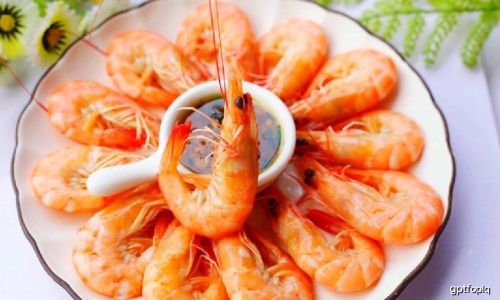
- Soy Sauce (Shōu Yóu): A fermented soybean paste, soy sauce provides the sauce’s salty and umami backbone. Light soy sauce (jiàng yóu) is preferred for its delicate saltiness, while dark soy sauce may be used sparingly to add color.
- Rice Vinegar (Dào Miǎo Cù): This mild, slightly sweet vinegar balances the soy sauce’s saltiness with acidity. It also brightens the overall flavor, preventing the sauce from becoming overly heavy.
- Garlic (Suàn): Freshly minced garlic introduces a pungent, earthy note that cuts through the shrimp’s richness. Roasting or sautéing garlic before adding it to the sauce can mellow its sharpness.
- Ginger (Jiāng): Grated ginger adds a subtle warmth and floral aroma, while its natural enzymes may help neutralize any lingering seafood odor.
- Chili Oil or Fresh Chilies (Là Jiāo): A touch of heat—whether from fiery chili oil, sliced fresh red chilies, or chili flakes—provides a stimulating contrast to the shrimp’s mildness.
- Cilantro (Yán Suì): Finely chopped cilantro leaves contribute a fresh, citrusy finish, though parsley or mint can substitute for those with aversions.
Regional Adaptations: From Guangdong to Sichuan
China’s culinary diversity is reflected in the myriad ways chefs and home cooks adapt the basic sauce formula to suit local tastes:
-
Guangdong (Cantonese) Style: In the province where white-cooked shrimp originated, the sauce emphasizes purity. A 1:1 ratio of soy sauce to rice vinegar is typical, with minimal garlic and a whisper of sugar to enhance the shrimp’s natural sweetness. Some recipes incorporate a splash of sesame oil for fragrance.
-
Sichuan Style: Here, the sauce leans into boldness. Crushed Sichuan peppercorns, doubanjiang (fermented broad bean paste), and a generous drizzle of chili oil transform the dip into a numbing, spicy condiment. Minced ginger is omitted to avoid clashing with the peppercorns’ tingly heat.
-
Shanghai Style: Sweetness takes center stage in Shanghai variations. A teaspoon of honey or rock sugar is dissolved into the soy sauce-vinegar base, while thinly sliced scallions replace cilantro for a milder finish.
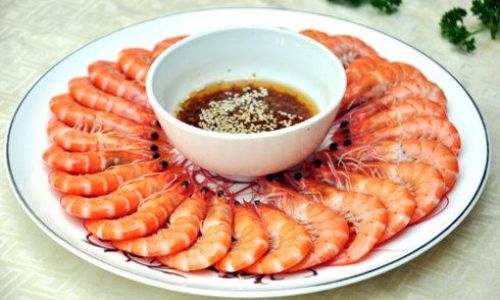
-
Taiwanese Influence: Taiwanese cooks often add a spoonful of fermented tofu (fǔ rǔ) to the mix, imparting a creamy, pungent depth. This ingredient, however, remains polarizing and is best introduced gradually.
Modern Twists: Catering to Contemporary Palates
As global flavors merge, chefs are experimenting with unconventional additions to the traditional sauce:
- Citrus Zest: Lime or lemon zest adds a bracing brightness, particularly when paired with a dash of fish sauce for a Southeast Asian twist.
- Herb Infusions: Basil, dill, or even mint can replace cilantro, offering a refreshing counterpoint to the shrimp’s brininess.
- Umami Boosters: A sprinkle of bonito flakes, a splash of oyster sauce, or a dollop of miso paste enriches the sauce’s savory complexity.
- Creamy Elements: A tablespoon of Greek yogurt or avocado purée creates a velvety texture, though traditionalists may balk at this deviation.
The Science of Balance: Achieving Harmony
Crafting the perfect dipping sauce is an exercise in equilibrium. Each ingredient must be measured to avoid overpowering the shrimp’s delicate flavor:
- Sweetness: A pinch of sugar or honey rounds out the soy sauce’s saltiness but should remain subtle.
- Acidity: Rice vinegar should be added judiciously to avoid a sour aftertaste.
- Heat: Chili components should tingle the palate without inducing discomfort.
- Aromatics: Garlic and ginger must be fresh; stale spices will dominate the sauce.
Step-by-Step Preparation: From Stovetop to Table
-
Prepare the Aromatics: Mince 3 garlic cloves and grate 1 teaspoon of fresh ginger. For a milder garlic flavor, sauté the minced cloves in a teaspoon of neutral oil until fragrant but not browned.
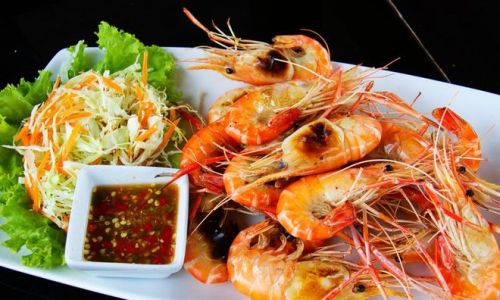
-
Mix the Base: Combine ¼ cup light soy sauce, 2 tablespoons rice vinegar, and 1 teaspoon sugar in a small bowl. Stir until the sugar dissolves.
-
Infuse Heat and Aroma: Add the garlic, ginger, and 1–2 teaspoons of chili oil or sliced fresh red chilies. Adjust the chili quantity based on preference.
-
Finish with Freshness: Stir in 2 tablespoons of finely chopped cilantro or scallions. For a garnish, reserve a few cilantro leaves or chili slices.
-
Adjust to Taste: Taste and modify—a splash more vinegar for acidity, a pinch more sugar for balance, or a drizzle of sesame oil for fragrance.
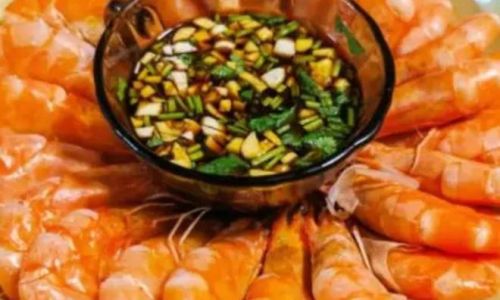
Serving Suggestions: Enhancing the Dining Experience
- Presentation: Serve the sauce in individual dipping bowls or a communal dish. Garnish with a radish rose or edible flower for elegance.
- Pairings: Accompany the shrimp with steamed jasmine rice, chilled cucumber slices, or a plate of blanched bok choy.
- Beverage Pairings: A crisp lager, light white wine (such as Riesling), or jasmine tea complements the dish’s freshness.
Common Pitfalls and How to Avoid Them
- Overpowering the Shrimp: The sauce should enhance, not dominate. Avoid excessive garlic or chili.
- Inconsistent Texture: Ensure all ingredients are finely minced to create a cohesive dip.
- Using Stale Ingredients: Fresh garlic, ginger, and cilantro are non-negotiable for vibrant flavor.
- Skipping Tasting: Always adjust the seasoning before serving, as soy sauce brands vary in saltiness.
Cultural Significance: More Than Just a Condiment
In Chinese dining culture, the dipping sauce for white-cooked shrimp symbolizes harmony—the balance of flavors mirrors the Confucian ideal of moderation. During banquets, the dish often appears as an appetizer, signaling the start of a meal centered on fresh, seasonal ingredients. The act of dipping shrimp into the sauce also fosters communal interaction, as diners engage in the ritual of seasoning their food to personal preference.
Health Considerations: Nutritional Benefits
Beyond its culinary appeal, the sauce offers nutritional advantages:
- Soy Sauce: Rich in antioxidants and protein, though high in sodium. Use sparingly or opt for low-sodium varieties.
- Garlic and Ginger: Both boast anti-inflammatory and immune-boosting properties.
- Chilies: Capsaicin in chilies may aid metabolism and pain relief.
- Cilantro: A source of vitamins K and C, and antioxidants.
Conclusion: The Endless Pursuit of Perfection
The dipping sauce for white-cooked shrimp is a canvas for culinary creativity. While tradition provides a roadmap, modern cooks are free to reinterpret the formula, blending ancestral wisdom with global influences. Whether adhering to the minimalist elegance of Guangdong or embracing the fiery complexity of Sichuan, the sauce remains a testament to the power of simplicity—a single bowl of condiment capable of transforming humble shrimp into a feast for the senses. As you embark on your own culinary journey, remember that the perfect sauce is not a destination but a continuous exploration, one dip at a time.
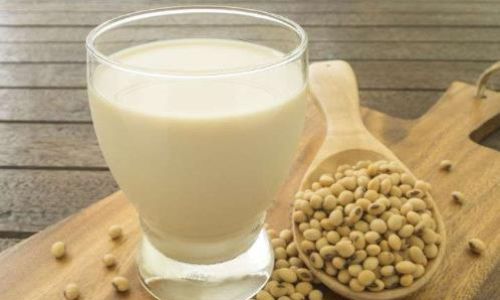
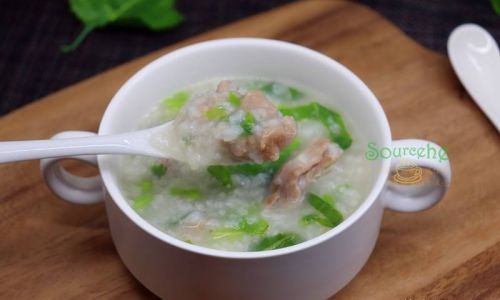
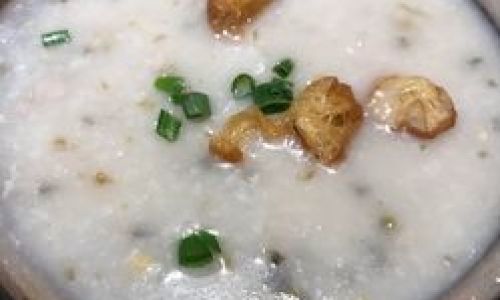
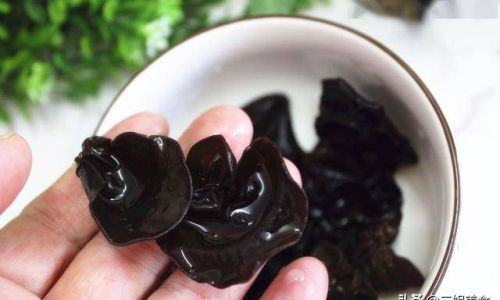
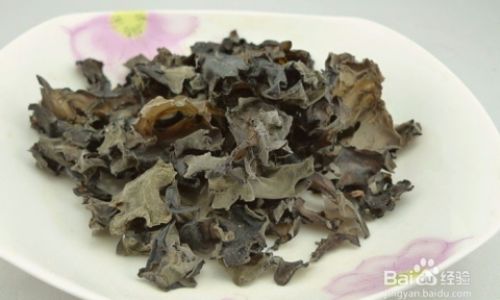
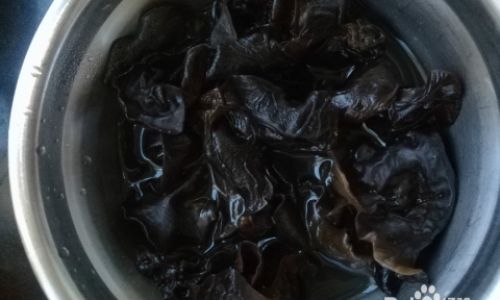
0 comments